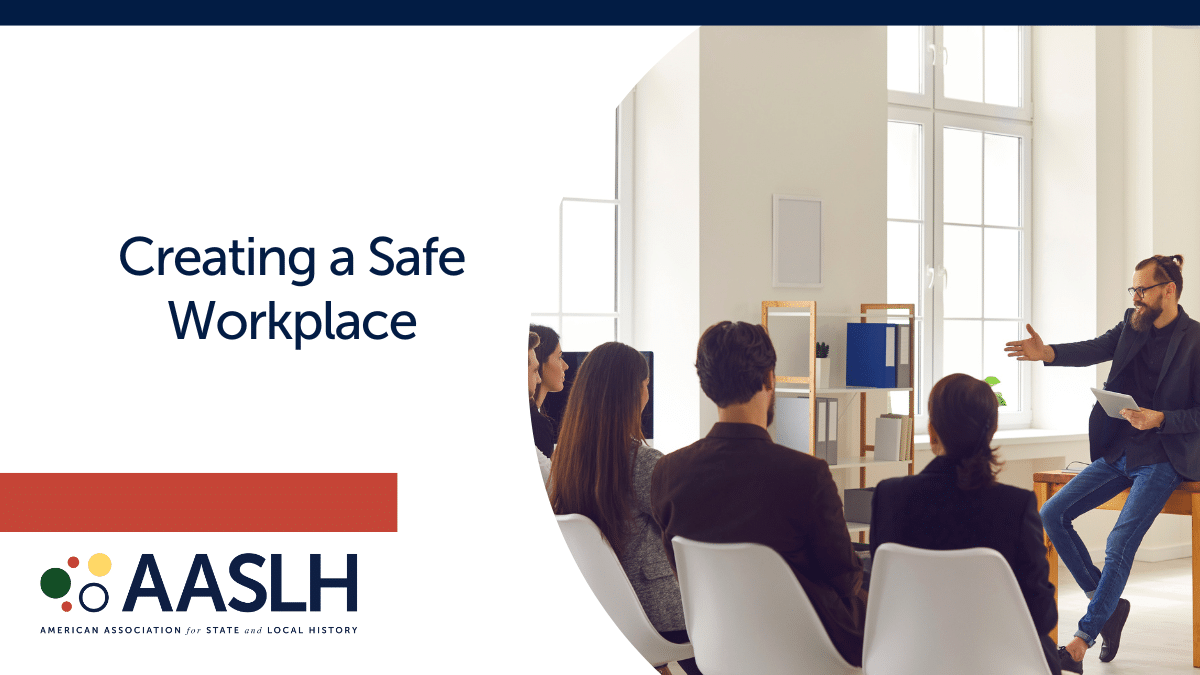According to an online customer intelligence tool, 92% of internet users read online reviews, and 89% of those users say that these reviews influence their decisions on everything from the products they use to the places they visit. Word of mouth is important, but it’s clear that the internet has changed the way that many of us hear and learn about places.

I recently came across a negative review from a visitor who was on one of my tours. At first I was stunned-I remembered that specific tour well and received great feedback in person by other visitors. Was it possible to have such extreme visitor experiences on one tour? The fact is, online reviews offer a sense of anonymity and allow users to express themselves freely, without any awkward, in-person interaction. Online, the visitor has the opportunity to reflect on their experience-on their terms.
It’s easy to have a negative review make you feel defensive or like you’ve lost your touch. However, just as our reviewers have taken the time to do, this offers us an opportunity to reflect. How can we do a better job at “reading” our audiences? How can we express our unique personalities without offending certain people? How do you reach everyone on a tour with broad interests while effectively telling the story? Just as online users read reviews to tailor their experiences, we as museum professionals have a great opportunity to learn from our visitors and can do the same.
Do you encourage your staff to read online reviews, or have they ever come to you acknowledging that they’ve read them? How did they respond to the feedback? How did you respond?



